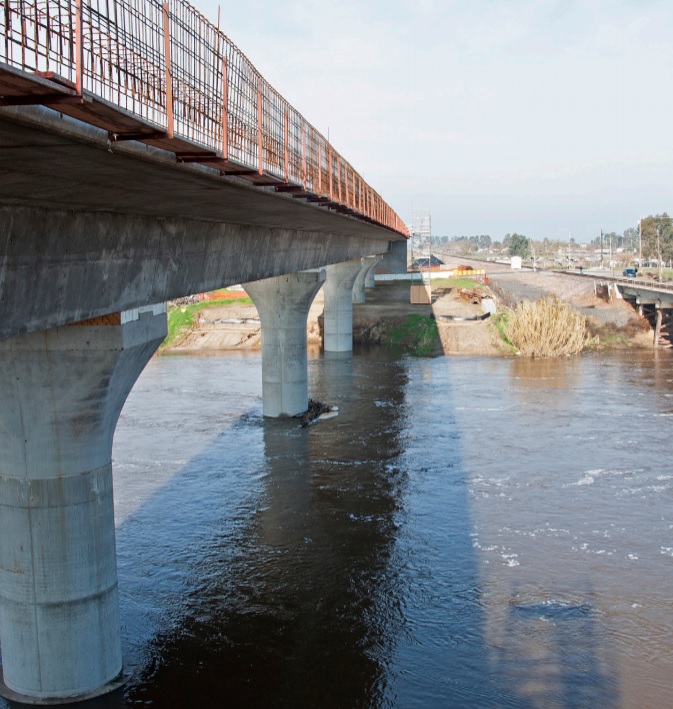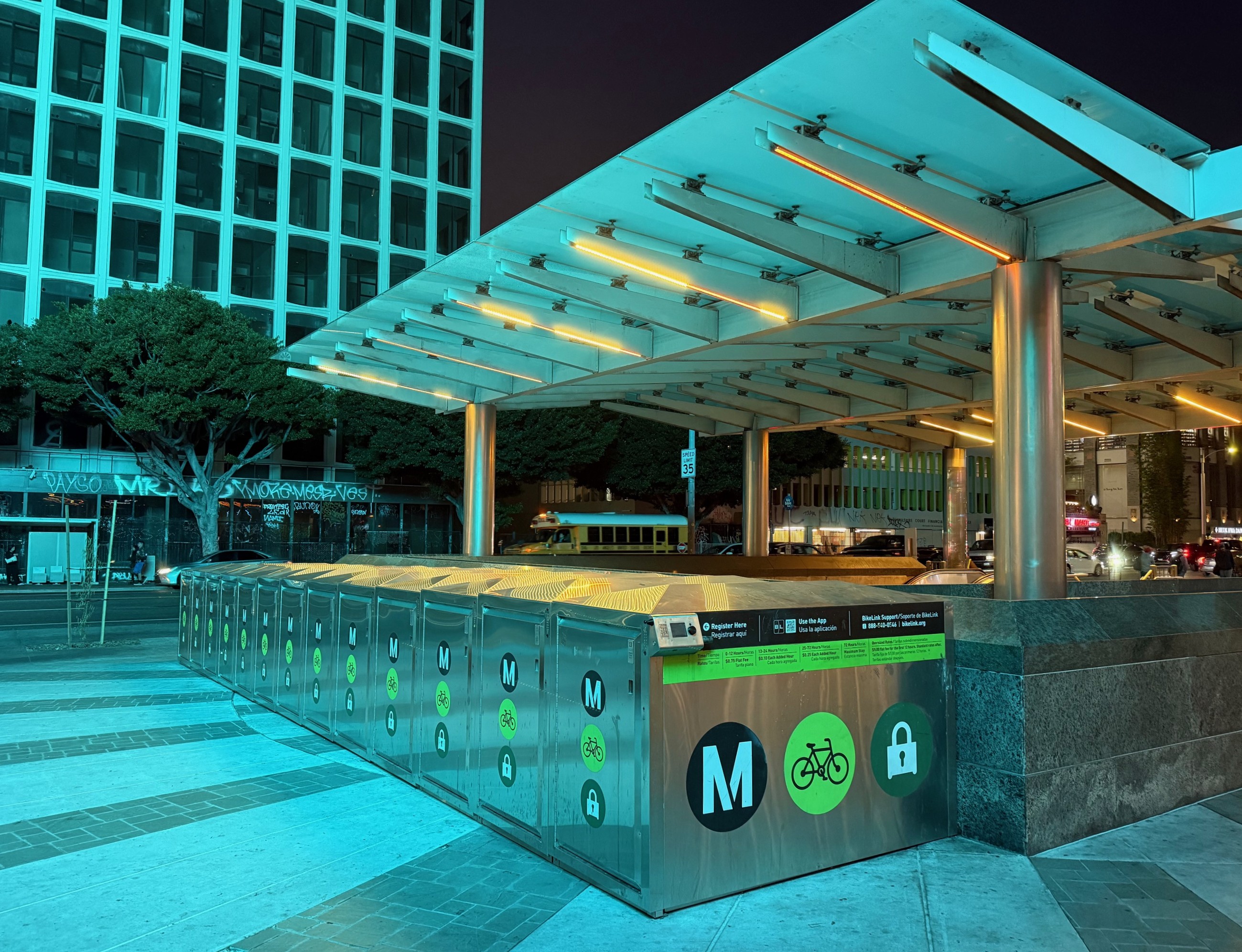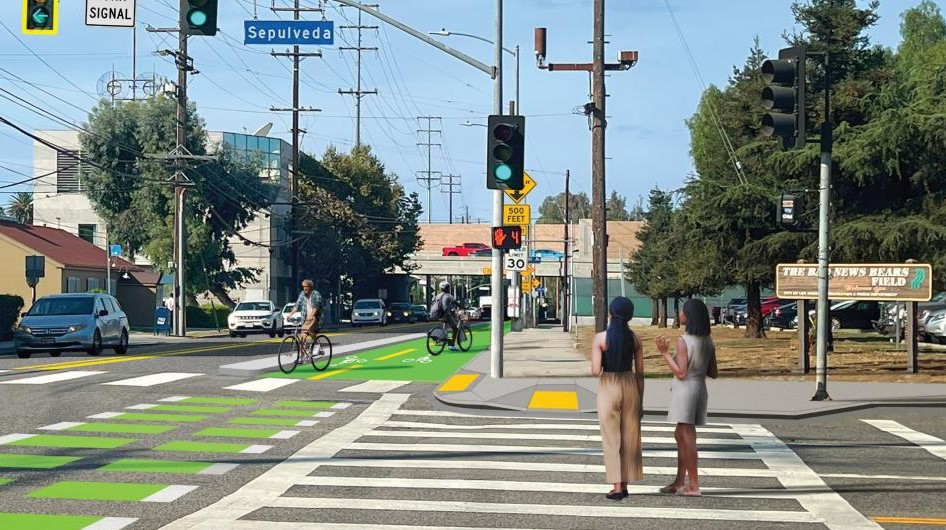
If you ever doubted whether a small investment in biking and walking could have a large impact, here is your proof.
The last transportation law, SAFETEA-LU, provided four communities with four years of funding to build an infrastructure network for nonmotorized transportation (a fancy way of saying “sidewalks and bike paths”). It wasn’t a lot of money — $25 million each to Columbia, Missouri; Marin County, California; Minneapolis, Minnesota; and Sheboygan County, Wisconsin.
The program built 333 miles of on-street biking and walking routes, 23 of off-street facilities, and 5,727 bike parking spaces in the four municipalities — not to mention some outreach and education. Not bad, especially when you consider that $100 million would only buy about five miles of new four-lane highway in an urbanized area [PDF].
FHWA summed up the results in its report on the outcomes of the pilot program [PDF]:
- An estimated 32 million driving miles were averted between 2007 and 2010. It appears that the numbers keep climbing -- half of that savings happened just in 2010, the last year of the pilot, when an estimated 16 million miles were walked or bicycled that would have otherwise been driven.
- The four pilot areas saw an average increase of 49 percent in the number of bicyclists and a 22 percent increase in the number of pedestrians between 2007 and 2010.
- In each community, a greater percentage of pedestrian and bicycling trips included transit in 2010 than in 2007.
- Despite increases in biking and walking, fatal bike/ped crashes held steady or decreased in all of the communities.
- The pilot communities saved an estimated 22 pounds of CO2 in 2010 per person or a total of 7,701 tons -- the equivalent of saving over a gallon of gas per person.
- Many people tried bicycling for the first time in their adults lives or ever.
Interestingly, average one-way trip distances by foot and by bicycle fell in some places, probably since more people were taking more trips without cars, instead of only walking and biking for exercise. And bike/ped trips including transit went way up.

The pilot results were released today, the first day of National Bike Month. (Though Transportation Secretary Ray LaHood notes that when he was a kid, "every month was bike month.")
The FHWA report is full of data showing how a small down payment on active transportation can lead -- quickly -- to dramatic improvements in air quality, traffic levels, and public health.
The Rails-to-Trails Conservancy, a major supporter of the pilot program, called it a "raging success."
"These are not all typical, bike-friendly cities," said Marianne Fowler, RTC's senior vice president of federal relations. "These four communities represent a solid cross-section of America. Even in places like Sheboygan, which doesn't have urban density, has cold winters, and has had almost no experience with biking and walking initiatives in the past, locals have rapidly become champions because they have seen the real-time effects, the actual benefits to their community."
Fowler went on to say that with the evidence now in black and white before them, Congressional representatives must now recognize that continued investment in walking in biking represents terrific value for American taxpayers.
"The incongruous thing is that Congress, with a simple, low-cost solution to so many transportation problems right here in front of them, can't see the people for the cars," she said.






